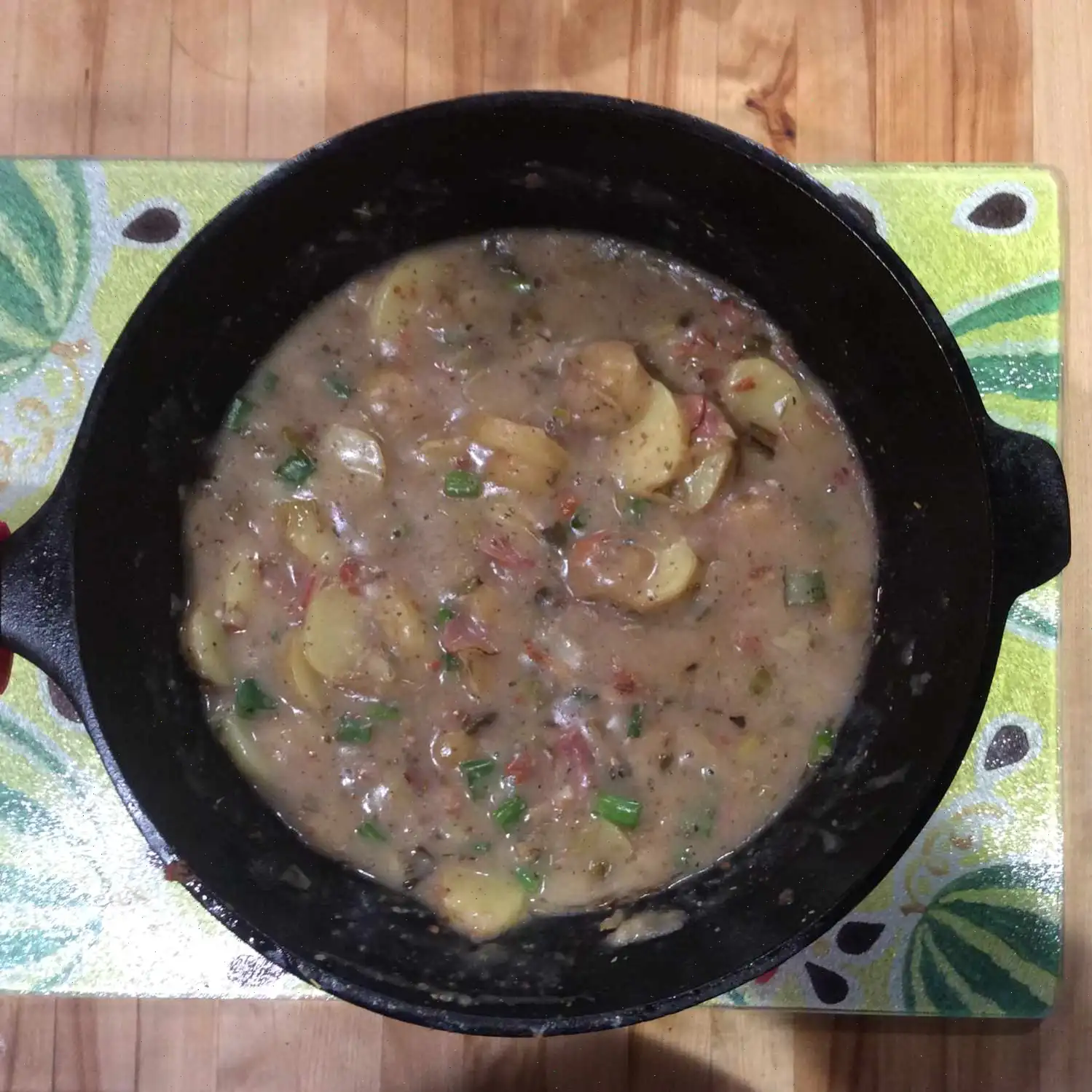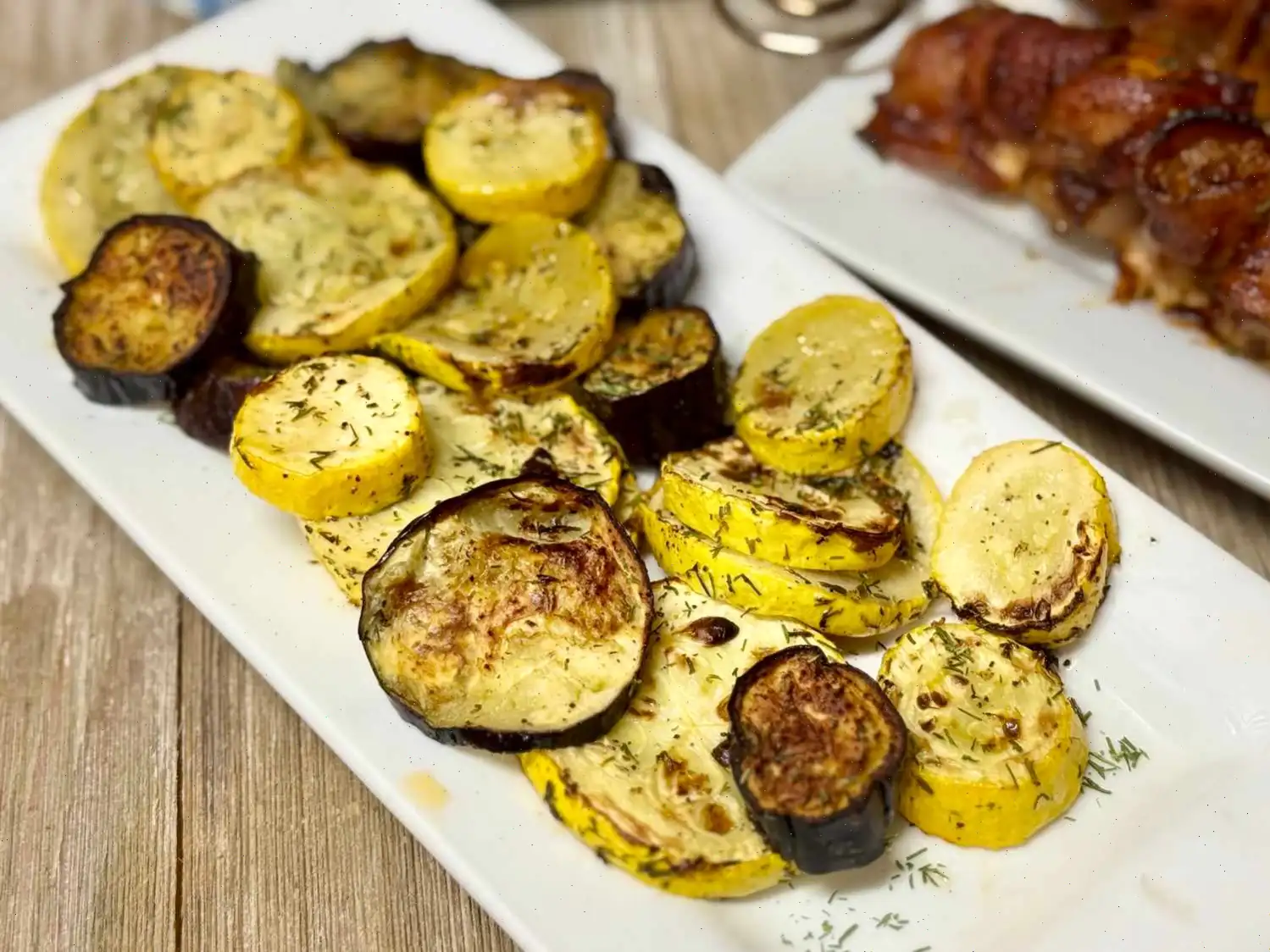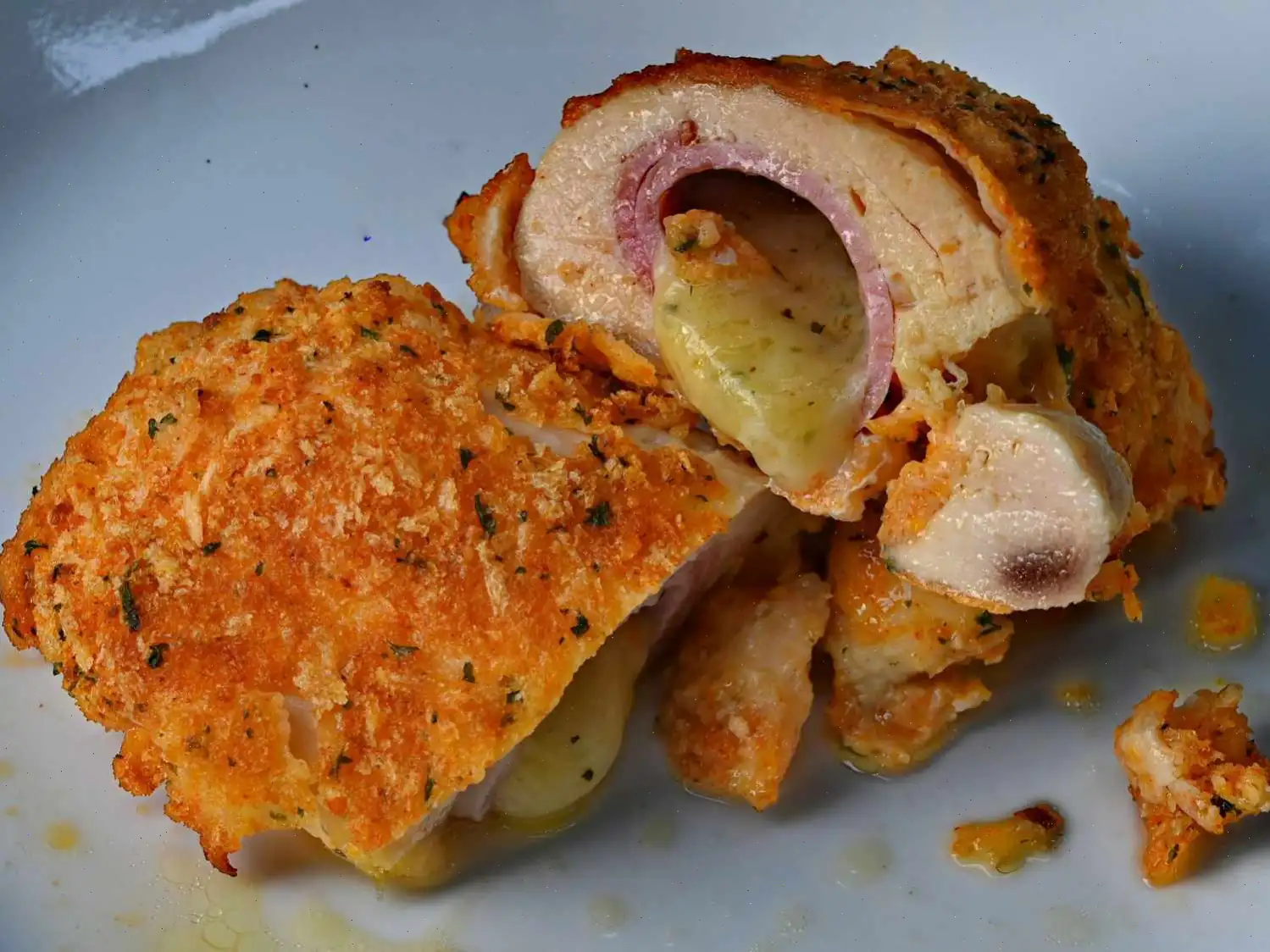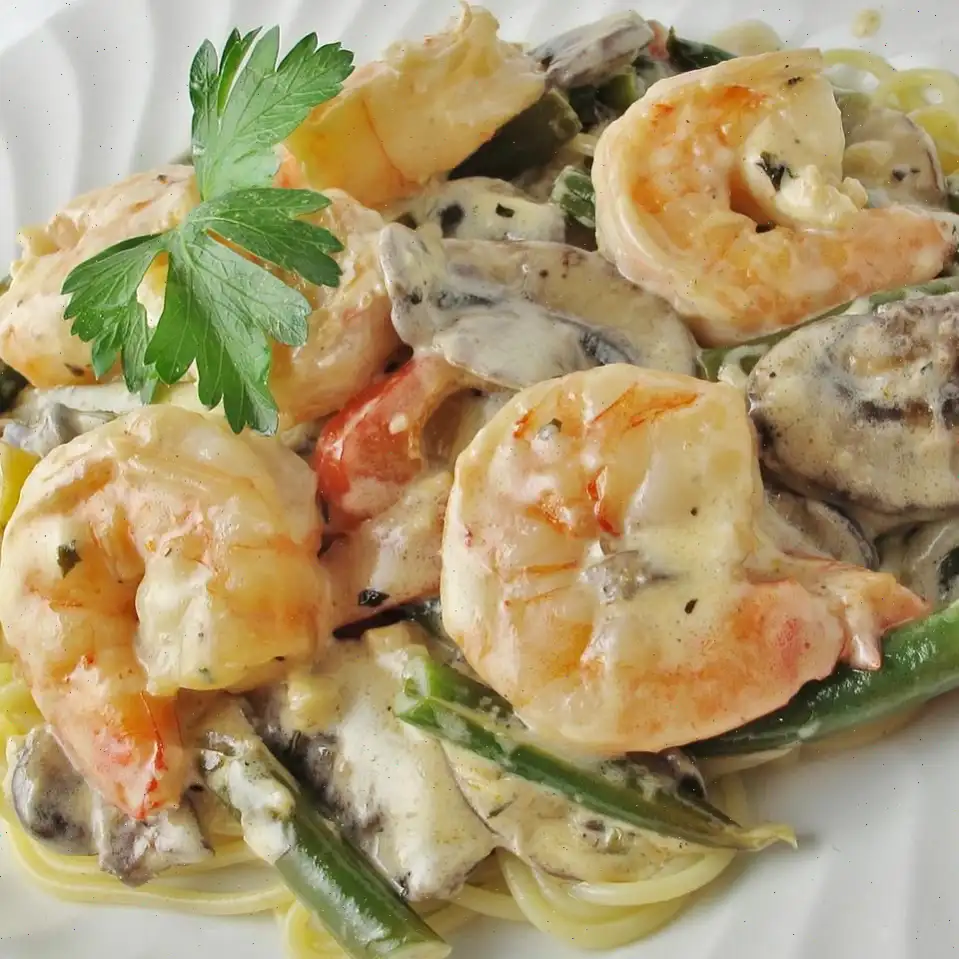
Traditional German Sauerbraten Recipe
Ingredients
This recipe was developed at its original yield. Ingredient amounts are automatically adjusted, but cooking times and steps remain unchanged. Note that not all recipes scale perfectly.
Original recipe (1X) yields 8 servings
- 3 pounds beef round steak
- 1 tablespoon salt
- Ground black pepper to taste
- 2 cups vinegar
- 1 cups sliced carrots
- 1 cup sliced onion
- 12 peppercorns
- 5 whole cloves
- 3 bay leaves
- 1 sprig fresh parsley, chopped
- 2 tablespoons all-purpose flour
- cup butter
- 8 gingersnap cookies, crushed, or more to taste
- 1 tablespoon white sugar
Directions
- Wipe the beef with a damp cloth and season with salt and pepper. Place the seasoned beef in a large glass bowl.
- In a medium bowl, combine vinegar, carrots, onion, peppercorns, cloves, bay leaves, and parsley. Pour the mixture over the beef, ensuring the meat is fully covered.
- Cover the bowl tightly with a lid or plastic wrap and refrigerate the beef, turning it daily, for 3 to 7 days.
- After marinating, drain the beef, reserving the liquid and vegetables. Rub flour over all sides of the beef to coat evenly.
- Heat butter in a large Dutch oven over medium-high heat. Brown the beef on all sides, about 5 to 10 minutes.
- Add the onions, carrots, and 2 cups of the reserved liquid to the Dutch oven. Cover the pot, reduce the heat to medium-low, and simmer until the meat is tender, about 2 hours.
- Once the meat is tender, transfer it to a serving platter.
- Stir the crushed gingersnap cookies and sugar into the liquid in the Dutch oven. Cook and stir until the sauce has thickened, about 5 minutes.
- Pour the thickened sauce over the beef and serve.
Cook's Notes
For a lower carb option, substitute ground ginger or a thickener like Thick-It-Up for the gingersnaps and/or use a sugar alternative. You can also substitute beef rump roast for the round steak if desired, or use drippings instead of butter.
Nutrition Facts
Per serving (based on 8 servings):
| Nutrient | Amount | % Daily Value |
|---|---|---|
| Calories | 412 | |
| Total Fat | 21g | 26% |
| Saturated Fat | 9g | 45% |
| Cholesterol | 121mg | 40% |
| Sodium | 1011mg | 44% |
| Total Carbohydrate | 14g | 5% |
| Dietary Fiber | 2g | 7% |
| Total Sugars | 6g | |
| Protein | 41g | 82% |
| Vitamin C | 8mg | 9% |
| Calcium | 39mg | 3% |
| Iron | 5mg | 27% |
| Potassium | 527mg | 11% |
Note: The nutrition data includes the full amount of the vinegar marinade ingredients. The actual amount consumed will vary based on how much of the marinade is absorbed by the beef and how much is discarded.

Recipe Author: Jerry
Reviews:
- "First sauerbraten Ive made in years. In my opinion, the vinegar marinade needed to be diluted a little bit, maybe adding a cup of water. I also added juniper berries as this is what Ive used in the past. I will probably try a different recipe next time, but overall I was pleased." - Lori (Rating: 4/5)
- "It takes planning and time but the effort was worth it. I finished it in the Dutch oven at 350 for 3 hours." - John Barba (Rating: 5/5)
- "Great as is." - Jay (Rating: 5/5)
Origin and History
Sauerbraten is a classic dish that traces its origins back to Germany, where it has been a traditional part of the culinary heritage for centuries. The name "sauerbraten" translates to "sour roast," which is a fitting description of the dish's signature feature: the marinated beef that is tenderized by a tangy vinegar-based marinade. It is believed that sauerbraten originated in the western regions of Germany, including Rhineland and Franconia, and has since evolved into a beloved meal enjoyed throughout the country.
Regional Variations
Though the core concept of Sauerbraten remains the same, regional variations exist across Germany. In Rhineland, for example, the marinade is often made with wine vinegar, while in other regions, such as Franconia, red wine or beer is used in the marinade. In some areas, the dish may be served with dumplings, while in others it might be paired with boiled potatoes or spaetzle. Each region brings its unique twist to this savory dish, reflecting local tastes and available ingredients.
Differences from Similar Dishes
Sauerbraten stands out from other pot roast-style dishes because of its distinctive marinade. While many other beef roasts rely on dry rubs or simple seasoning, sauerbraten is marinated for several days in vinegar and spices, which gives the meat a tender texture and a pronounced tangy flavor. The use of gingersnap cookies in the sauce to thicken it is another unique aspect, setting it apart from similar stews or roasts that might use flour or cornstarch. This complex balance of flavors and techniques makes Sauerbraten a true German specialty.
Where Sauerbraten is Served
Sauerbraten is traditionally served in German homes as a hearty family meal, especially during special occasions like Sunday dinners or holidays. It is also commonly featured on menus in German restaurants around the world, particularly in areas with a strong German-speaking community. In Germany, it is often paired with side dishes like red cabbage, boiled potatoes, or dumplings, which help balance out the rich and tangy flavors of the meat.
Interesting Facts
- Sauerbraten is often referred to as Germany's national pot roast, due to its popularity and widespread presence in German culinary tradition.
- Historically, sauerbraten was a way to preserve meat before refrigeration was common. The vinegar marinade helped to tenderize tougher cuts of meat and acted as a preservative.
- The dish is often enjoyed with a glass of German wine or beer, which complements the savory, slightly sour flavors of the roast.
- In some variations, sauerbraten is made with pork, though beef is by far the most popular choice in modern recipes.
Conclusion
Whether you're preparing it for a family gathering or celebrating a special occasion, traditional German Sauerbraten brings a rich history and a unique flavor profile to the table. With its tender marinated beef, flavorful sauce, and cultural significance, it's a dish that embodies the heart of German home cooking. Give it a try, and enjoy a taste of German tradition in your own kitchen!
FAQ about Traditional German Sauerbraten Recipe
Comments
Kevin Roberts
08/27/2023 08:43:39 AM
Perfect the way it is








